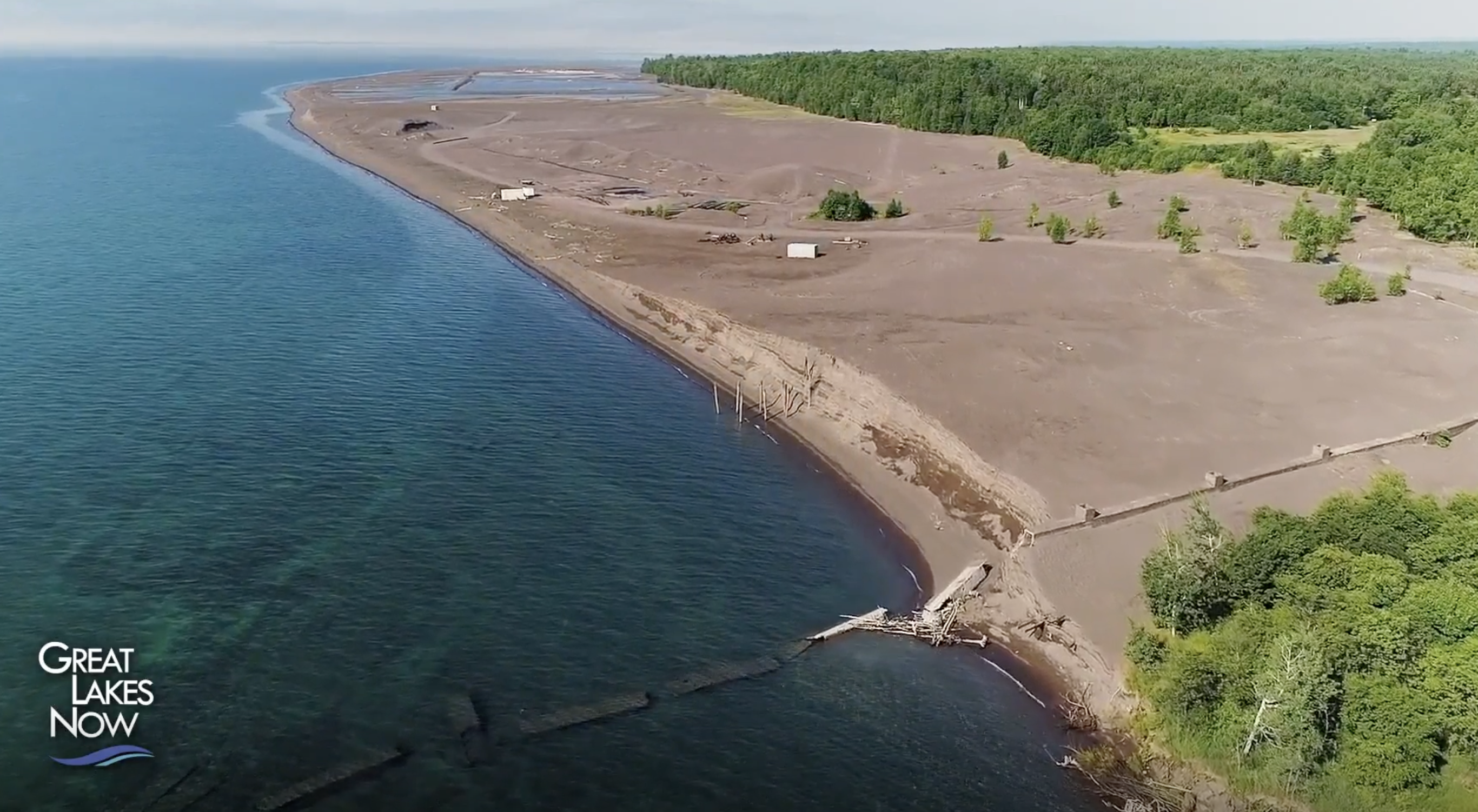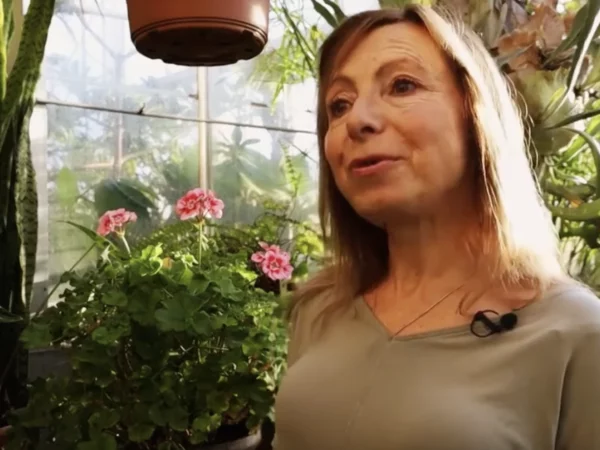
This lesson will explore the phenomenon of stamp sand deposition in the Buffalo Reef near the Traverse Bay area of Lake Superior. Native fish species use this ecosystem to spawn in the Great Lakes, but the remnants of copper mine waste are threatening their populations—and the people who depend on fishing for their livelihood. To understand this problem, students will experiment with the chemistry behind removing metal contaminants from water, investigate single replacement reactions, and modeling metal mining using chocolate chip cookies.
- Know what chelating agents are and how they work
- Understand how copper mining has contributed to the stamp sand build up in Lake Superior
- Be able to simulate cleanup efforts for removing contaminants from water
View the entire lesson plan including teacher background information, worksheets and more below or download for free here.
Activity 1:
This activity is a video discussion of a Great Lakes Now segment discussing how the Buffalo Reef in Lake Superior has been affected by the deposition of stamp sands—a waste product of copper mining. During the video they need to jot down four things they took away from the video using the 4 Notes Summary Protocol.
Watch a Great Lakes Now Segment
Activity 2:
The Great Lakes region has a rich history in the Midwest for mining. For many years, mining was a generational family career that helped build up the middle class. This article explores one mining descendent’s deep connection to the mining history near Lake Superior and the St. Louis River. Students will read about the history of mining in the region, including some of the pollution that resulted from copper and iron mining, as it discusses current debates over proposed copper mines in Minnesota.
In this activity, students will use a Think Pair Square Protocol for discussing what they will read about this very topic.
Read About the History of Copper Mining
Activity 3:
The purpose of this activity is for students to learn about mining and its impact on the earth by using chocolate chip cookies to model how stamp sands are created during the mining process.
Modeling the Creation of Stamp Sands
Activity 4:
The purpose of this activity is for students to investigate how chelation can be used to remove harmful metals from water, using a simple model.
Cleaning Water with Cheating Agents
Activity 5:
The purpose of this activity is for students to investigate two commonly mined metals—copper and iron—through a single replacement reaction.
Investigating Single Replacement Reactions
Learn all about Episode 2406: Reef Rescue and Wild Edibles on this month’s landing page.
If you use this lesson or any of its activities with your learners, we’d love to hear about it! Contact us with any feedback or questions at: GreatLakesNow@DPTV.org




